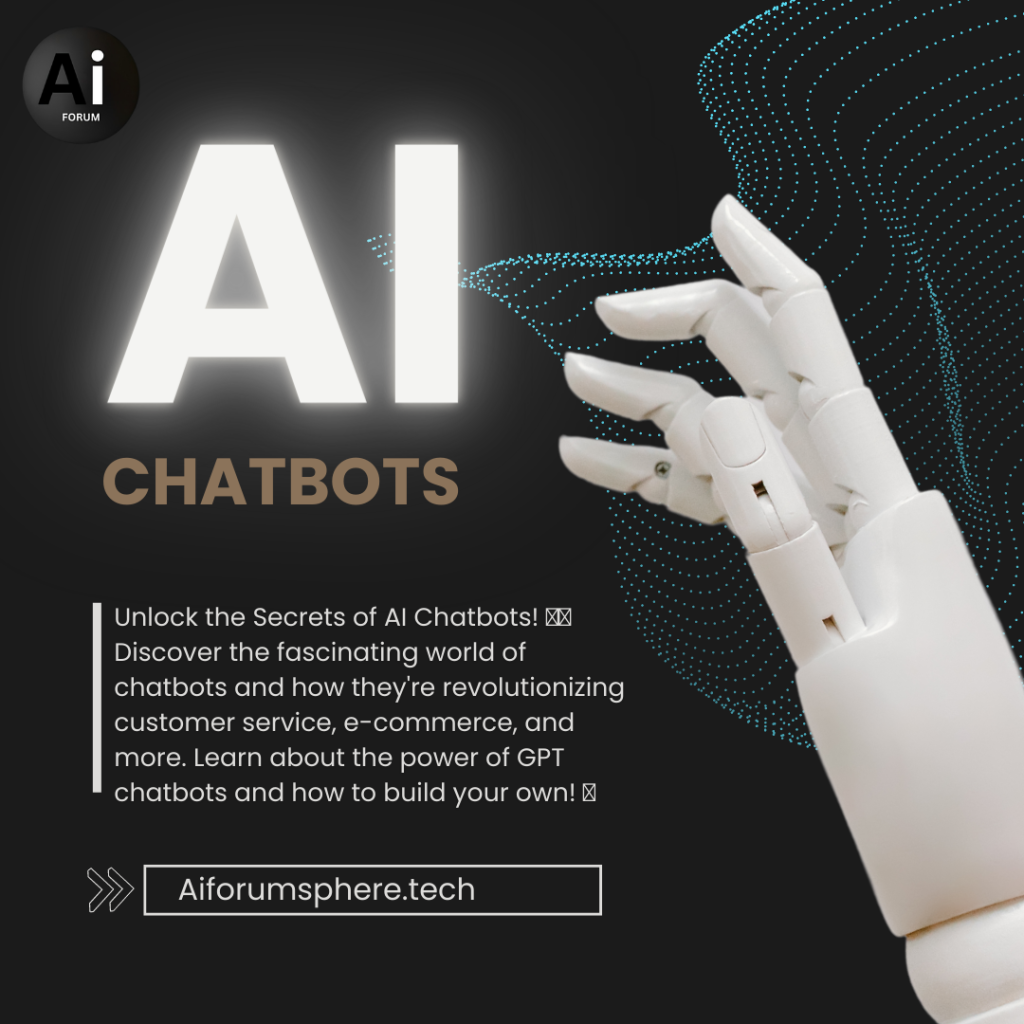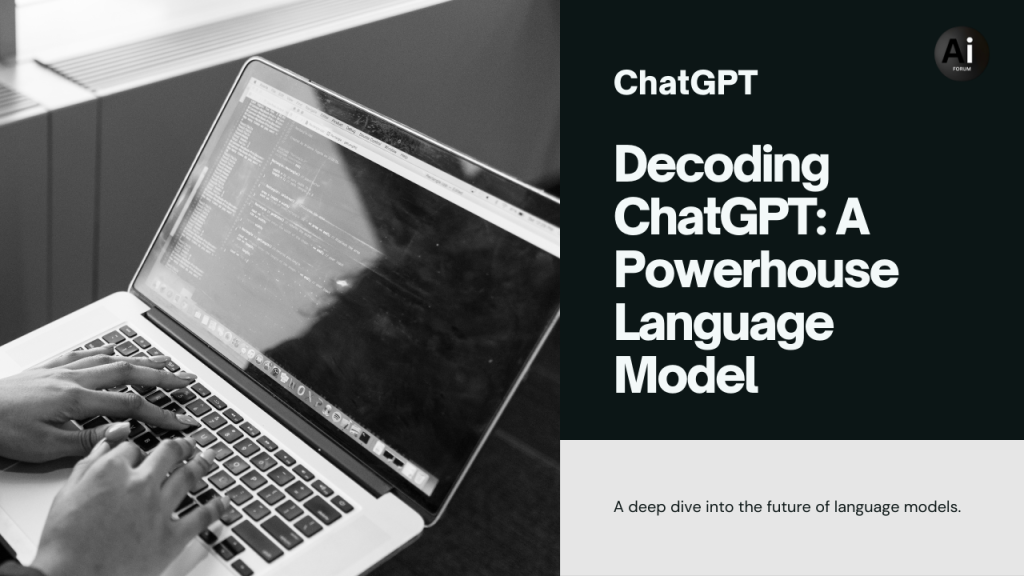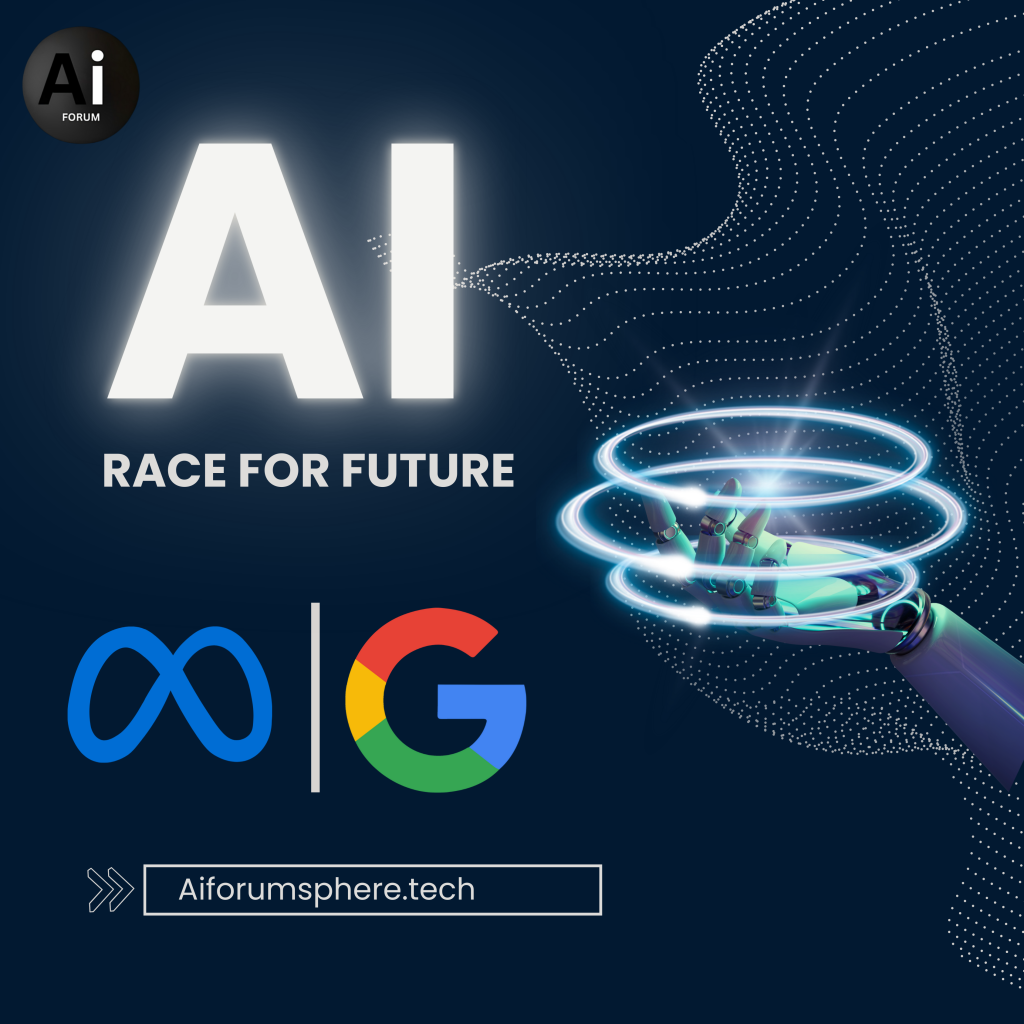
In today’s tech-driven world, AI chatbots have become a ubiquitous part of our digital landscape. From customer service to virtual assistants, these intelligent conversational agents have revolutionized the way businesses interact with their customers. Among the most advanced and popular chatbots are those powered by GPT (Generative Pre-trained Transformer) technology developed by OpenAI. In this blog, we will explore what chatbots are, their significance, and how to build your very own chatbot using GPT.
Chatbots are computer programs that use artificial intelligence (AI) and natural language processing (NLP) to understand customer questions and automate responses to them, simulating human conversation. Chatbots can be classified into two main types: task-oriented and data-driven.
1. Task-oriented chatbots
Task-oriented chatbots are single-purpose programs that focus on performing one function. They use rules, NLP, and very little machine learning (ML) to generate automated but conversational responses to user inquiries. Interactions with these chatbots are highly specific and structured and are most applicable to support and service functions. For example, a task-oriented chatbot can answer common questions about a product or service, such as hours of operation, prices, or availability.
2. Data-driven chatbots
Data-driven chatbots are often referred to as virtual assistants or digital assistants, and they are much more sophisticated, interactive, and personalized than task-oriented chatbots. These chatbots are contextually aware and leverage natural language understanding (NLU), NLP, and ML to learn as they go. They apply predictive intelligence and analytics to enable personalization based on user profiles and past user behavior. Digital assistants can learn a user’s preferences over time, provide recommendations, and even anticipate needs. They can also initiate conversations and connect several single-purpose chatbots under one umbrella. For example, a data-driven chatbot can order a coffee for you based on your previous orders, suggest a nearby café, and tell you when your order will be ready.
What is a Chatbot?
A chatbot is an artificial intelligence-powered computer program designed to simulate human conversation through natural language processing (NLP) and machine learning algorithms. These bots can interact with users through messaging platforms, websites, or mobile apps. The primary objective of chatbots is to provide instant responses, offer personalized assistance, and efficiently address user queries and concerns.
What are Chatbots?
Chatbots are versatile tools that find applications across various industries. They are used in customer support to provide instant help and reduce response times. E-commerce platforms utilize chatbots to assist users with product recommendations and order tracking. In the healthcare sector, chatbots aid in preliminary medical assessments and symptom analysis. Additionally, chatbots also function as virtual assistants, simplifying everyday tasks such as setting reminders, scheduling appointments, and more.
Benefits of GPT Chatbots:
- Natural Conversations: GPT chatbots can understand and respond to natural language, leading to more seamless and user-friendly interactions.
- 24/7 Availability: These chatbots can work tirelessly round the clock, providing uninterrupted support to customers from different time zones.
- Scalability: GPT chatbots can handle multiple conversations simultaneously, making them scalable for businesses with high customer interaction volumes.
- Cost-Effective: By automating routine customer interactions, GPT chatbots reduce the need for human resources, leading to cost savings for businesses.
- Personalization: GPT chatbots can remember user preferences and tailor responses accordingly, delivering personalized experiences.
How to build a chatbot
Building a chatbot can seem daunting, but with the right tools and resources, you can create your own AI-powered conversational agent. Here’s a simplified guide to get you started:
- Define the Purpose: Identify the main objective of your chatbot, whether it’s customer support, lead generation, or information dissemination.
- Choose a Platform: Select a suitable chatbot development platform or framework. Popular options include Dialogflow, Microsoft Bot Framework, and Rasa.
- Design Conversational Flow: Map out the flow of interactions your chatbot will have with users. Determine the responses for various user inputs and potential scenarios.
- Integrate NLP and ML: Integrate natural language processing (NLP) and machine learning (ML) capabilities to ensure the chatbot can understand and respond to user queries effectively.
- Train the Model: If you’re using GPT technology, pre-train the language model on a vast dataset. Fine-tune it on your specific dataset to make it contextually relevant to your chatbot’s purpose.
- Test and Refine: Thoroughly test your chatbot to identify and rectify any errors or inconsistencies in its responses. Continuously improve its performance based on user feedback.
- Deployment: Deploy your chatbot on your preferred platform, such as a website, messaging app, or social media platform.
Some of the popular chatbots are:
- GPT: A family of deep learning models that can generate natural language texts based on a given prompt or context. GPT models can be used to create data-driven chatbots that can handle open-ended conversations.
- OpenAI Chatbot: A platform that allows developers to create and deploy chatbots using GPT models. OpenAI Chatbot provides an easy-to-use interface, pre-trained models, and hosting services.
- Bing AI Chatbot: A service that enables businesses to create and manage chatbots using Microsoft Azure Cognitive Services. Bing AI Chatbot offers a graphical interface, pre-built templates, and integrations with various channels.

